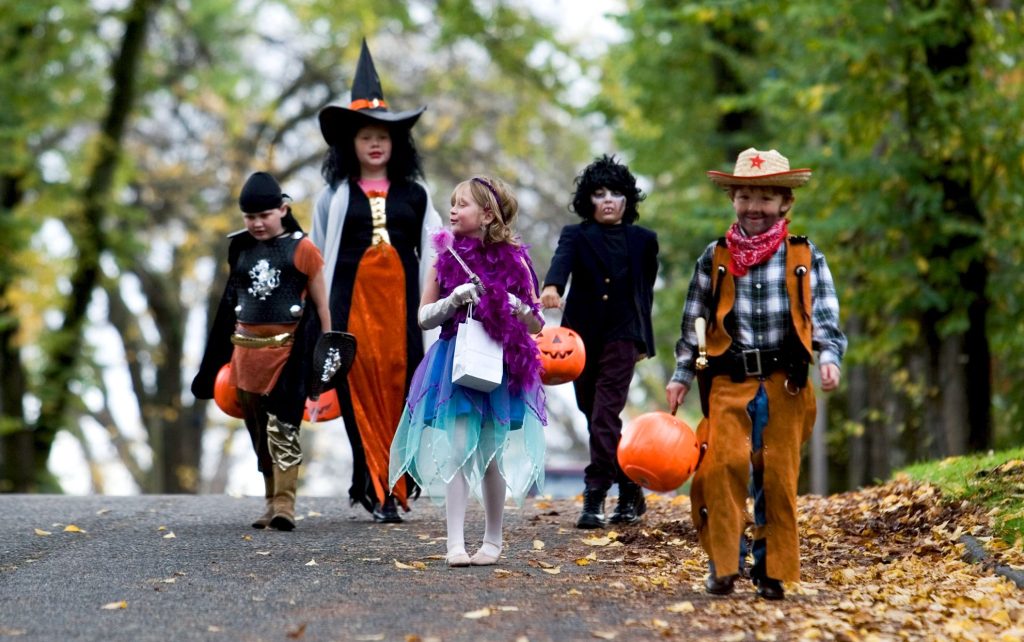In entertainment and self-expression, cosplay has emerged as a vibrant and culturally significant phenomenon that goes far beyond dressing up as fictional characters. With its origins deeply rooted in fan culture, cosplay has evolved into an intricate and artistic form of engagement that bridges the gap between fiction and reality. This article delves into the multifaceted layers of cosplay, exploring its historical roots, artistic expressions, community impact, and the sheer passion that drives cosplayers worldwide.
Historical Evolution of Cosplay
The history of cosplay can be traced back to the early days of science fiction and fantasy conventions, where attendees began dressing up as their favorite characters from literature, comics, and movies. However, it was in the 20th century that cosplay truly began to take shape as a cultural phenomenon. Originating in Japan, cosplay became a central element of anime and manga conventions, known as anime expos. Fans would meticulously recreate the costumes of their beloved characters, striving for accuracy and attention to detail.
Artistry and Creativity
Cosplay has elevated costume design to an art form. The meticulous craftsmanship and attention to detail that cosplayers pour into their creations are awe-inspiring. From intricate armor to flowing gowns, cosplayers use various materials and techniques to bring fictional characters to life. The fusion of sewing, crafting, makeup artistry, and even prop creation results in stunning visual representations that pay homage to the source material while showcasing the cosplayer’s personal touch.
Embodying Characters and Fostering Connection
Cosplay transcends mere costuming; it allows individuals to step into the shoes of their favorite characters, embodying their traits, quirks, and personalities. This immersive experience enables cosplayers to connect deeply with the characters they portray. Through this embodiment, cosplayers often find a sense of empowerment and self-discovery as they explore different facets of their identity and expression.
Moreover, cosplay serves as a unique bridge between fans and creators. When cosplayers bring a character to life, they contribute to a larger conversation within the fan community. Creators and fellow fans acknowledge and appreciate these artistic interpretations, leading to camaraderie and shared passion.
Cultural Impact and Diversity
One of the most remarkable aspects of cosplay is its ability to break down cultural barriers and promote diversity. Cosplayers come from all walks of life and backgrounds, united by their love for fictional universes. The global nature of conventions and online platforms allows cosplayers to connect with enthusiasts worldwide, fostering cross-cultural exchanges and friendships.
Individuals can celebrate characters of different ethnicities, genders, and backgrounds through cosplay. This celebration of diversity enriches fan experiences and contributes to larger conversations about representation and inclusivity in popular culture.

Educational and Learning Opportunities
Cosplay is not just about dressing up; it offers numerous educational benefits. Cosplayers often research to understand their chosen characters’ nuances, origins, personalities, and motivations. This research-driven approach enhances critical thinking skills and encourages a thirst for knowledge. Additionally, cosplayers may learn practical skills like sewing, prop making, and makeup application, honing their craftsmanship and expanding their skill sets.
Community and Support
At its heart, cosplay is a communal endeavor. Physical and virtual conventions provide spaces for cosplayers to gather, showcase their work, and engage with like-minded enthusiasts. The sense of belonging and support within the cosplay community is unparalleled. Whether sharing crafting tips, offering encouragement, or collaborating on group cosplays, cosplayers find a network that extends beyond the confines of their screens.
Passion and Dedication
The driving force behind cosplay is an unwavering passion for storytelling, artistry, and fandom. Cosplayers dedicate countless hours to perfecting their costumes, attending events, and connecting with others who share their interests. This passion fuels a cycle of continuous improvement as cosplayers strive to challenge their boundaries and create increasingly remarkable interpretations.
Conclusion
In conclusion, the cultural significance of cosplay reaches far beyond its outward appearance. It encompasses historical roots, artistic expression, community impact, and the passionate dedication of cosplayers worldwide. Through cosplay, individuals connect with characters profoundly, celebrate diversity, and foster a sense of belonging. This art form enriches personal lives and contributes to the larger tapestry of popular culture.

